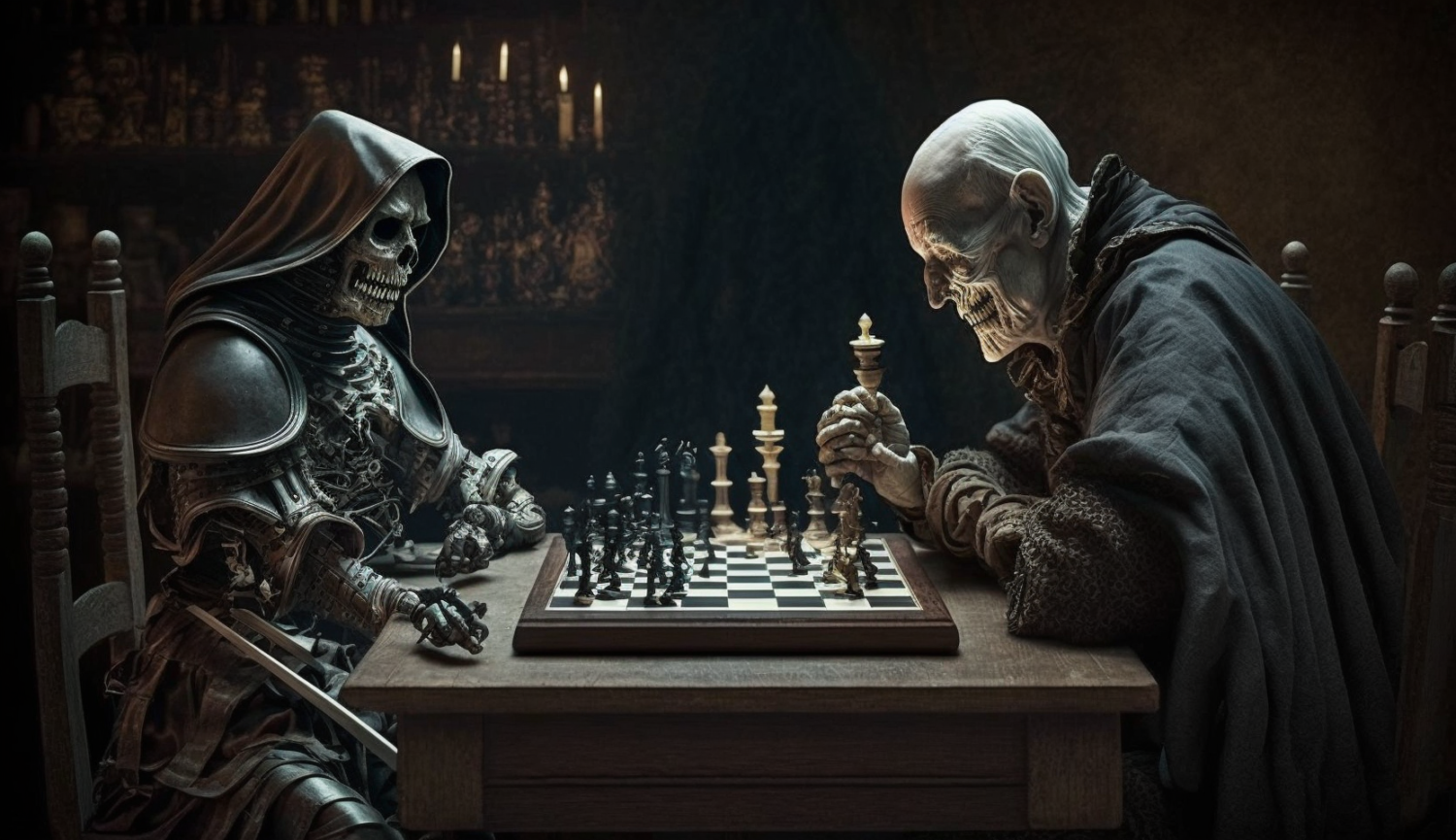It Comes For Us All
In the day and age where we try and sweep death under the carpet and hide it from children, we lose the ability to cope with the thing that will come for us all – the time of our death. Dugdale offers insights from a medical doctor’s perspective on key stages of making the dying process a holistic undertaking.
Dugdale presents the Judeo-Christian worldview concept of “ars moriendi” (The Art of Dying) that was specifically developed by the Catholic church during and after the Black Plague and War of Popes around 1450. It encourages those who are still healthy to acknowledge the possibility of death and those in later life to prepare for the coming of the end. Not only should preparation be undertaken by those who will experience it first hand but also by the family and friends of those around that person. A big point of the book is showing that we die best when we are in community (friends, family, doctors, society, etc.). And this was not only intended for the religious but also for the carnal and secular, the elites and the rich, the poor and the common people. Jeremy Taylor published a Protestant version called, “The Rules And Exercises Of Holy Dying”.
Dugdale presents first-hand accounts of the dying process and those who did so well and those who didn’t seem to go well into that quiet night. Providing historical background and development to dying, the art of dying, and the change in how we view medicine and hospitals offers an interesting and challenging concept that shows that we might have placed too much confidence in the hospital makeup and that we kind of suck at dying.
How Then Shall We Now Die?
The book covers nine different aspects of dying including death itself, the finitude of death, dying in community, the context of how ones goes, and then the psychological aspect like fear response, what happens to the body, the spiritual effects, and our rituals we take when dying, and also the life-preserving nature we hoist onto the medical community that maybe ill-placed to the degree we do. After the World War I and into the 1920’s, the change in the art of dying succumbed to the art of living with the massive leaps in medical life prevention means and technology. We’ve always been good adopters of new things, especially after the Industrial Revolution, but we’ve been equally terrible foreseers of what effects will results due to those adoptions (just look at the effects of social media).
A highlight from the book is chapter three about dying well in community. Dugdale makes some really solid points on how important this aspect affects us in life as well as leading into our death. It’s a highlight of what the Christian Church is supposed to be. This is not a religious book per se but it does cover aspects of religious elements and even ones adopted by the secular. The community being replaced by the hospital was interesting and that idea runs as a string throughout the book. Even though a medical, hospital practitioner, Dugdale making this point really adds to the strength of these points. Hospitals taking the place of homes as a place for offloading all sorts of care from families is a challenging subject matter and can lead to some good discussion for those reading with others. Also interesting was that when it comes to dying, mitigating pain management was far behind the fear of losing independence and dignity during the dying process. Similar to how most people are less fearful of dying than they are public speaking (they’d rather be in the box than being at the podium talking about the person in the box) shows how much pride plays a part in our lives.
One downside was chapter 6 about how we see the body through the dying process. This was mostly a set of stories that kind of meandered into a group of not-really cohesive narrative or impact point as the other chapters. This could have really been a strong chapter to be harshly honest take from a doctor – a kind of “What To Expect When You’re Expecting…To Die” take that we often hide from collectively.
Not really a negative but something I would have expected from a book these days is a final chapter with a step-by-step guide on how to implement the ars moriendi. There is a concluding chapter that does offer some general oversights. It encourages the reader to impliment their own ars moriendi as it’s a “useful model for anticipating and preparing for death” and encourages us to acknowledge own finitude and to fail to do so means we probably won’t die well. And, a final encouragement that we don’t die well in isolation, so we should seek to broaden our community boundaries and inclusions while there is still time.
The End
Overall, I think this is a book for pretty much anyone since, ya know, 10 out of 10 of us won’t make it out of this world alive. For parents of kids of any age, this provides a good avenue of discussion. For those who will experience the loss of a loved one it helps to prepare to have some hard conversations and how to help that person. Most obvious is for the person who will shirk off this mortal coil soon and gives some clear guidelines on what to do to start the end.

 To check out more reviews and see what Patrick’s reading go to his GoodReads page here.
To check out more reviews and see what Patrick’s reading go to his GoodReads page here.








